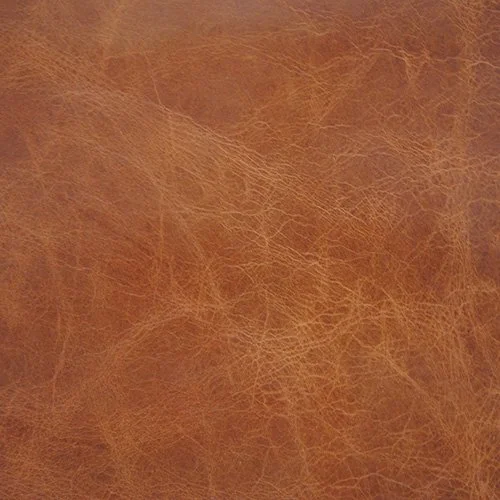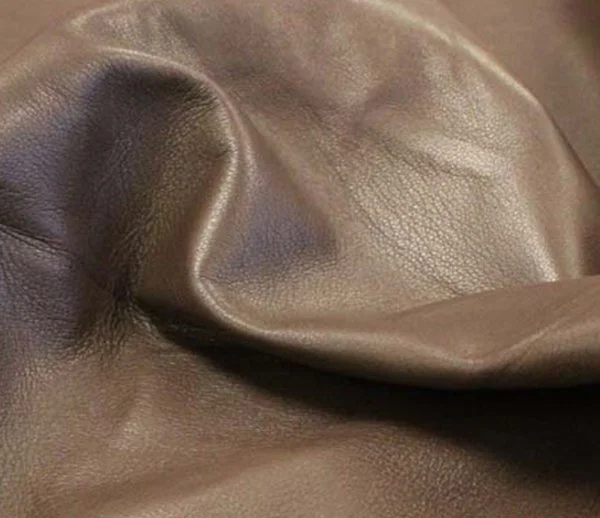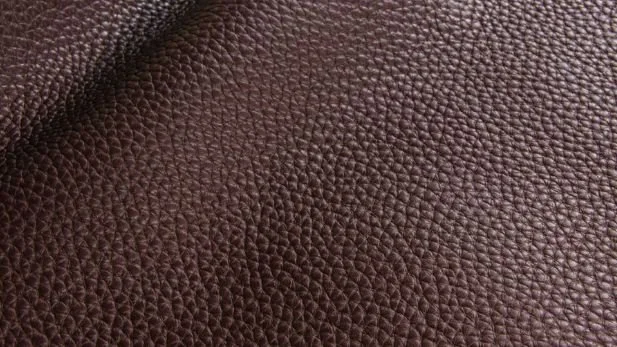How To Buy and Care for Leather Furniture in Mexico
There is nothing quite like leather when it comes to adding luxury and sophistication to your space; but does it work the same in Mexico? Before you invest in leather furniture for your home in Mexico, read this guide.
Although known for its durability, leather is an organic material and can therefore be vulnerable to environmental stresses like moisture and fluctuations in temperature--enter Mexico. The first question I pose when a client in Mexico asks whether or not they should choose leather for a piece of furniture is, will someone be living in your property year-round? And if not, do you have someone who will enter the property, air it out, and wipe down the furniture?
If the answer is yes to either of these, proceed. If not, it’s best to choose a high-performance indoor fabric that won’t require as much maintenance.
If you’re still considering it, let’s discuss the pros and cons of leather in all its forms, break down the types of leather available, and how to best take care of it in the heat and humidity of Mexico.
The Climate Factor: Pros and Cons of Leather in Heat, Humidity, and Salty Air
The Good Stuff
Abundant: Leather is readily available in Mexico, and while still a more expensive upholstery than some other materials, it’s still often better priced than in Canada or the US.
Durable: Leather is like that tough friend who's always got your back. It's resilient and is known to withstand the test of time.
Easy to Clean: Spilled some salsa on your leather couch? No worries! A simple wipe, and it's as good as new.
Aesthetically Timeless: Let's be honest, the look of leather is the epitome of luxurious beauty. It adds a touch of elegance that fabric simply can't match.
Cool to the Touch: If kept in a cool, dry area, the feel of leather on the skin after a hot day in the sun is soo good.
The Not-So-Good Stuff
Heat Sensitive: Leather can feel the hot to the touch if it's been sitting in a hot, room or in direct sun. You might find yourself doing the "hot seat dance" more often than you'd like.
Humidity and Moisture: High humidity can make leather furniture in Mexico feel a bit sticky. In addition, leather that sits for too long in excessive heat and insufficient airflow is prone to mold and mildew that can actually leach the color and change the soft texture of your leather.
Salt Air: If you're near the coast, salty air can be leather's worst enemy, causing it to crack or deteriorate faster.
Types of Leather Available in Mexico:
Pure Aniline Dyed, Full-Grain Leather
Modificar imagen
- Pros: This is the crème de la crème, and is considered "natural" leather because it retains its scars, folds and wrinkles. It is dyed Only with transparent leather dyes that have no added colors or additives. Full-grain leather is durable, ages beautifully, feels and looks expensive.
- Cons: That’s because it IS expensive. It's the priciest leather on this list.
- It is sensitive to scratches, and stains over time from hair and skin oils.
Semi-Aniline, Top-Grain Leather
- Pros: Pretty much as good as full-grain but comes with a more palatable price tag. Less likely to show scratches and has more choices for color. It’s also slightly easier to clean.
- Cons: Will develop a patina color over time, which most people actually see as a positive thing that adds beauty and uniqueness to the look, and similar to full-grain leather it will show natural body oils as stains over time.
Pigmented or Finished Corrected Leather
- Pros: Shows less blemishes because it is sanded, buffed, colored and sealed with a protective coat. As a result, it's easier to clean and more resistant to staining. It's also more affordable than its higher grain counterparts.
- Cons: Entry-level leather, doesn't feel or look as luxurious (but honestly still a great option, especially for furniture in high-traffic areas)
Bonded Leather
- Pros: Budget-friendly and still gives you that leather vibe.
- Cons: It's basically the particle board of leather—scraps of leather are bonded together using a binding agent like latex or polyurathane. It's a lot less expensive but will not last in a Mexican climate. (Fine if you just need it for a couple years).
Faux Leather
- Pros: It's budget-friendly and animal-friendly. Plus, faux leather can be surprisingly good at mimicking the real deal. Many manufacturers also offer “leather match”, which places real leather on the seat, arms and front of the sofa and a vinyl or polyurethane leather on the sides and back.
- Cons: It's not as breathable as genuine leather, which can make it sticky in the heat. More likely to crack and flake within a couple years.
- What It Should Be Made Of: Look for polyurethane (PU) faux leather. It's more breathable and less harmful to the environment than its PVC counterpart.
Caring for Your Leather Furniture: Tips and Tricks
Regular Cleaning: A simple wipe-down with a damp cloth can go a long way. If it needs a bit more deep-cleaning, a simple 50/50 mixture of vinegar and water will be enough to lift tougher dirt.
Conditioning: Similar to our skin, leather needs to be moisturized. A good leather conditioner keeps things supple.
Avoid Direct Sunlight: Unless you want your beautiful leather to fade, keep it away from direct sunlight.
Humidity Control: Consider a dehumidifier if you're dealing with sticky situations.
A final tip: If you don’t want to splurge for a whole sofa in leather, you can still elevate the look of your space by pairing a high-performance fabric sofa with one or two beautiful leather occasional chairs. With the right care and attention, you'll be lounging in style for years to come.
Want help choosing the Right type of leather furniture for your home in Mexico (or beyond)? Contact Us.






